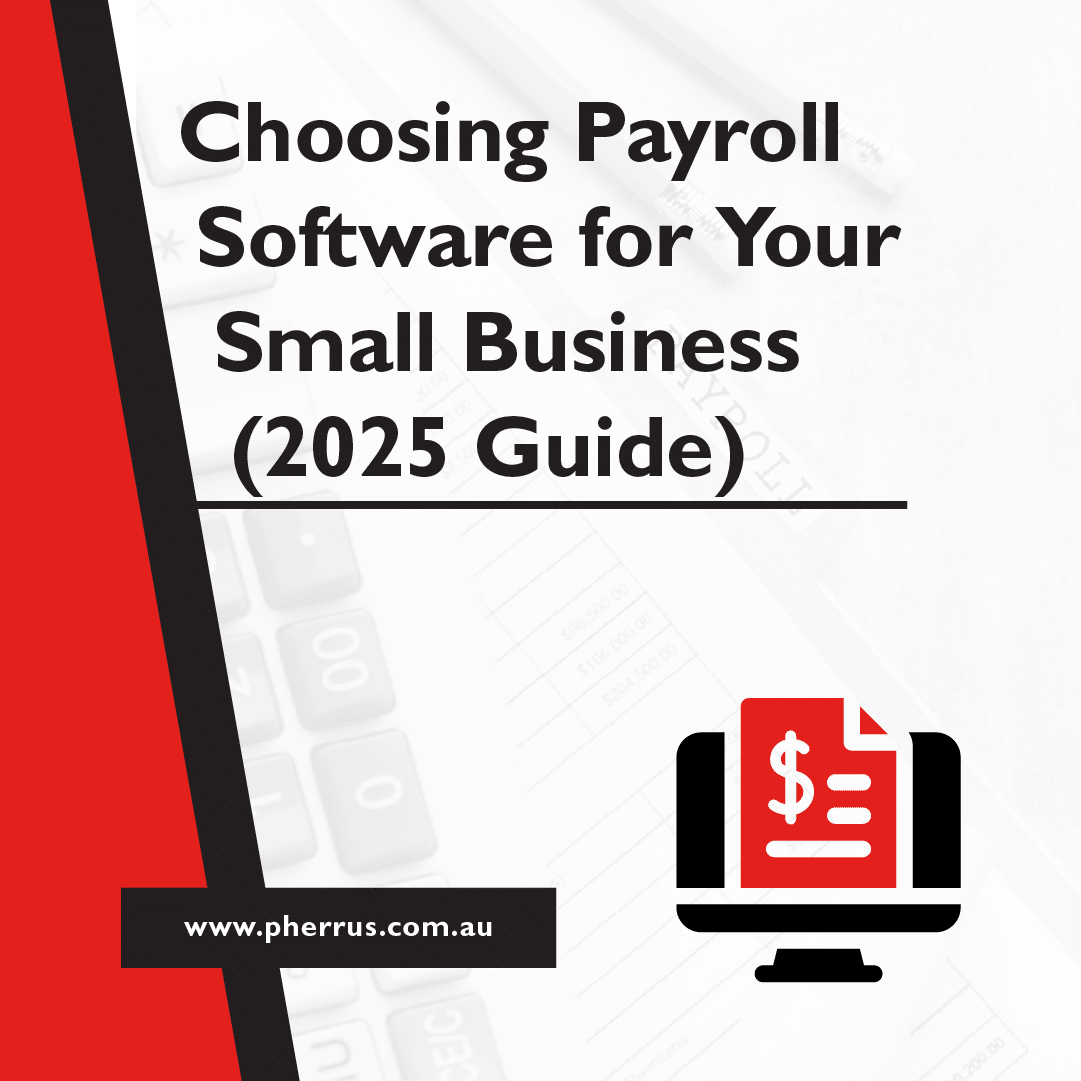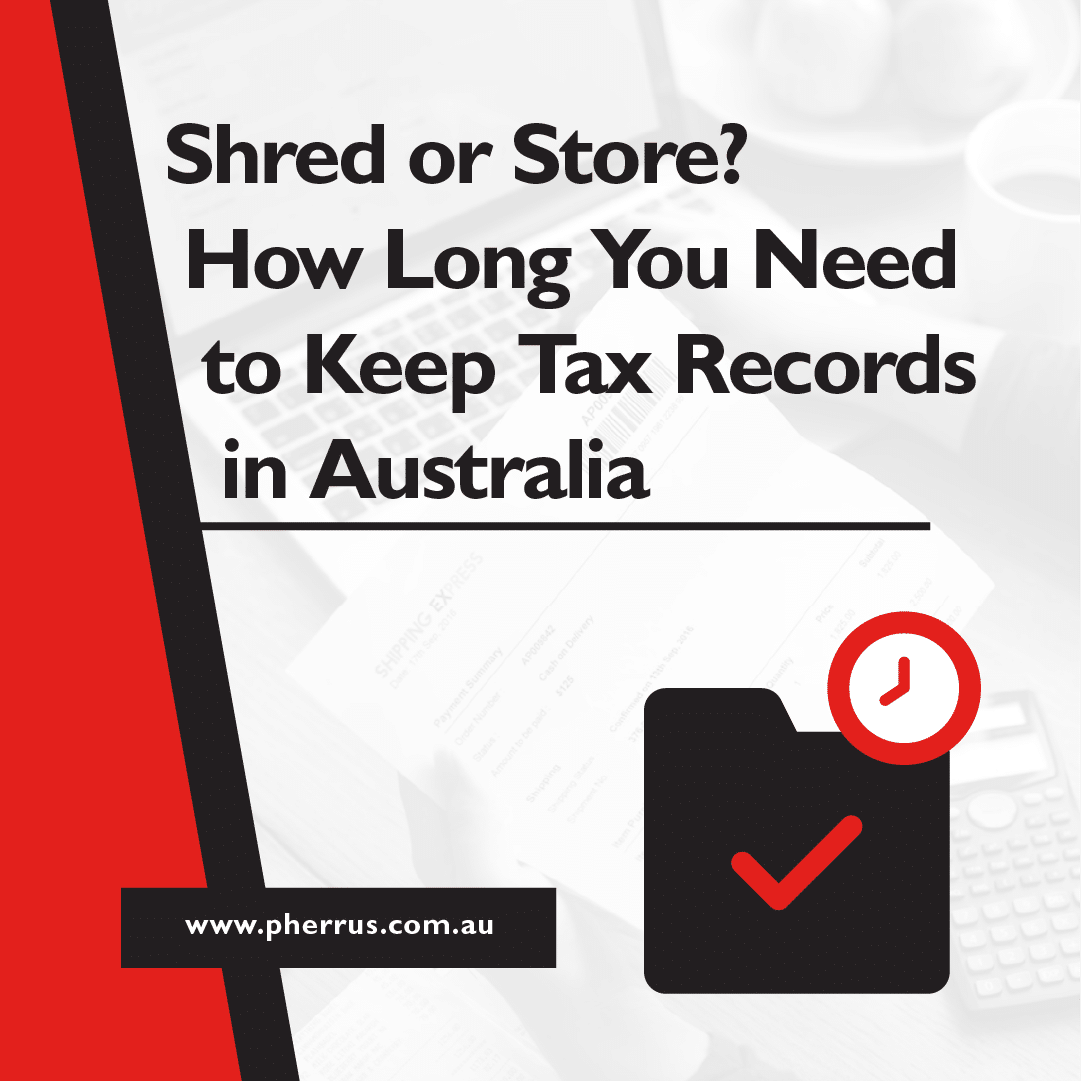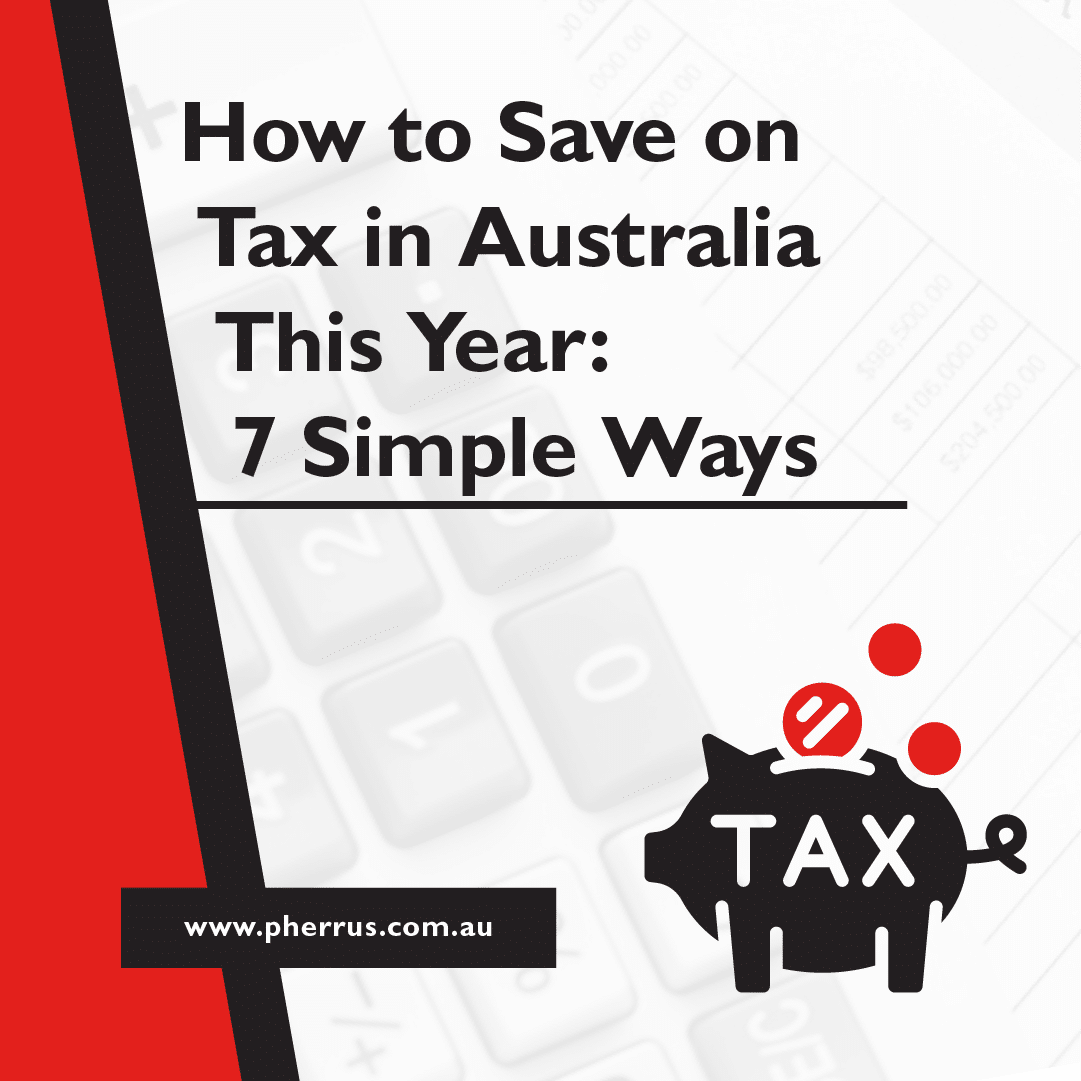According to the 2024 Australian Payroll Survey by the Australian Payroll Association, 24.1% of employers surveyed were unsatisfied with their payroll technology.
Reasons for this dissatisfaction could be outdated systems, poor usability, and a lack of compliance support.
What about the effects?
Being unsatisfied with your payroll technology can lead to costly errors, wasted time, and an increased risk of non-compliance with ATO requirements.
Choosing the right payroll software for your small business in Australia is clearly crucial!
It can save time, lessen stress, and keep you confidently on top of your obligations.
As payroll specialists here at Pherrus, we’ve compiled this guide to help you choose the right software for your small or medium-sized business (SMB).
You can trust our advice because we work with Australian businesses like yours every day, helping them manage payroll efficiently and stay compliant with ever-changing legislation.
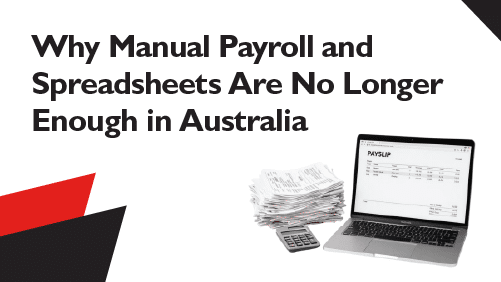
Why Manual Payroll and Spreadsheets Are No Longer Enough in Australia
If you’re still using spreadsheets or doing payroll manually, you’re exposing your business to serious risks, especially under today’s tighter compliance rules.
What are the risks of manual payroll vs. the benefits of payroll software?
| Issue | Manual Payroll | Payroll Software |
| Compliance | High risk of PAYG, superannuation, and leave accrual errors leading to ATO penalties or Fair Work claims | Automated calculations help ensure ATO and Fair Work compliance |
| STP (Single Touch Payroll) Reporting | Difficult to manage STP obligations, and easy to make errors | STP submissions are built-in and handled automatically |
| Time Efficiency | Hours spent on data entry, payslip generation, and reports | Tasks completed in minutes with automated processing |
| Record-Keeping | Prone to missing or insecure records; hard to access when needed | Secure, cloud-based storage with easy access and automatic backups |
| Scalability | Becomes unmanageable as your team grows | Easily handles growing employee numbers and payroll complexity |
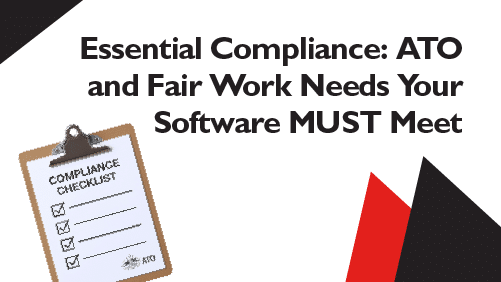
Essential Compliance: ATO and Fair Work Needs Your Software MUST Meet
Payroll software for a small business in Australia must do more than just calculate pay—it must also meet strict legal requirements set by the ATO and Fair Work Commission.
Here are the key compliance features your software must include.
- Single Touch Payroll (STP) Phase 2: STP Phase 2 is mandatory for all employers. Your payroll software must report earnings, tax, and super details directly to the ATO with every pay run. It should also handle income types, disaggregation of gross, and employee TFN/ABN information.
- SuperStream Compliance: You must send a single electronic payment to a SuperStream-compliant clearing house with your employees’ super contribution data, and the clearing house will pay super to your employees’ super funds. Payroll software needs to support this procedure.
- Up-to-Date Tax Tables: ATO tax rates change regularly. Australian payroll software must always use the latest PAYG withholding tables so your employees are taxed correctly and you avoid under- or over-withholding penalties.
- Payroll Tax Thresholds (State-Based): If your total wages exceed your state or territory’s payroll tax threshold, you may need to register and pay payroll tax. The right software can help track total wages across entities and alert you when you’re nearing the limit, avoiding surprise liabilities and missed deadlines.
- TFN Declaration Handling: Payroll software should support electronic submission and secure storage of Tax File Number (TFN) declarations, making onboarding new employees easier and helping you meet your obligations as an employer.
- Leave Calculation and Accrual: The software must calculate and accrue leave entitlements based on the National Employment Standards (NES), including annual leave, personal leave, and long service leave.
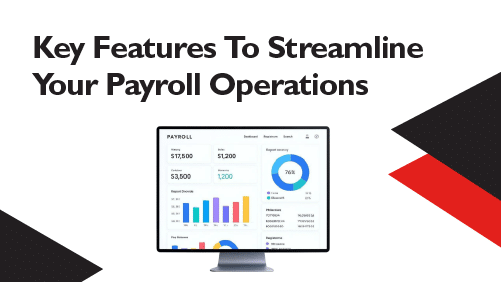
Key Features To Streamline Your Payroll Operations
Automation and Integration Capabilities
The following essential features of Australian payroll software will help save your precious time and reduce the risk of costly mistakes.
- Automated Pay Runs: Set up recurring pay schedules so employees are paid on time, every time, without needing to process each cycle manually.
- Timesheet Integration: Import hours directly from digital timesheet apps or allow employees to enter their hours online, cutting down on manual data entry and preventing errors in pay.
- Basic Accounting Software Integration: Sync with accounting platforms like Xero, MYOB, and QuickBooks for automatic journal entries and to reduce the need to enter data twice.
- Bank File Generation: Generate ABA files you can upload to your bank for bulk payments, streamlining the payment process and eliminating the hassle of paying each employee individually.
Employee Self-Service (ESS) Portals
Employee Self-Service (ESS) portals are secure online platforms or mobile apps that give your staff direct access to their payroll information.
Instead of going through you or your payroll team, employees can log in anytime to view their payslips and income statements, which now replace traditional payment summaries under Single Touch Payroll (STP).
They can also check their current leave balances, apply for leave online, and update their bank account details, address, and super fund selection without needing to email or call anyone.
ESS portals save time and lessen admin work for you or your payroll team while giving your employees more control and visibility over their payroll information.
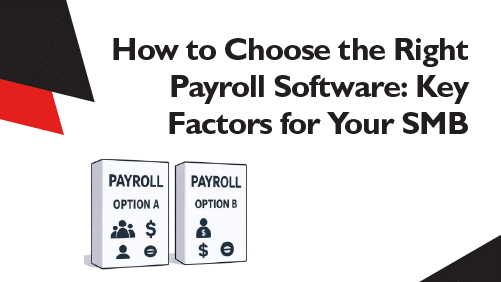
How to Choose the Right Payroll Software: Key Factors for Your SMB
Choosing the right payroll software for your small business in Australia starts with understanding your business’s specific needs.
Consider the following points to help you make the right call.
- Number of Employees and Scalability: Choose software that suits your current team size but can also grow with you. Some systems are better for small teams, while others can handle more complexity as you expand.
- Industry and Award Complexity: If your business deals with multiple awards, penalty rates, or shift work, look for software that can handle these automatically. This is especially important in industries like hospitality, healthcare, and construction.
- User Friendliness: The platform should be easy to use. A clear interface and intuitive design mean you won’t waste time figuring things out or relying on ongoing tech support.
- Integration Needs: The software must connect with your existing tools, such as accounting software or time-tracking apps, to reduce double-handling and streamline your workflow.
- Budget: Look beyond the base subscription cost. Some platforms charge extra for features like STP reporting or leave management, so be sure the pricing matches what you need.
- Support: Choose a provider with reliable customer service. Access to fast, local support can make all the difference during critical times like end-of-month or EOFY.
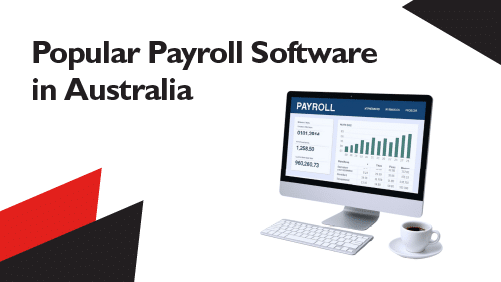
Popular Payroll Software in Australia
| Payroll Type | Popular Examples | Pros | Cons |
| Integrated Accounting Suites | Xero, MYOB, QuickBooks | ✓ Combines payroll with accounting in one platform
✓ Seamless journal entries ✓ Reduces double handling |
✗ May lack advanced payroll features
✗ Can be more expensive overall |
| Standalone Payroll Specialists | Employment Hero, Reckon, Payroller | ✓ Purpose-built for payroll
✓ Often easier to use for non-accountants ✓ Strong compliance tools |
✗ May require manual exporting for accounting
✗ Limited broader financial features |
There’s no one-size-fits-all answer when it comes to choosing payroll software for a small business in Australia.
The best solution depends on your business size, industry needs, and existing systems.
It’s worth testing a few options.
Many providers offer free trials or demos.
If you’re unsure, talking to a payroll expert (like those at Pherrus!) can help you make a confident, informed decision.
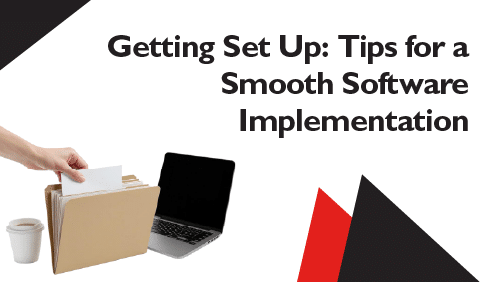
Getting Set Up: Tips for a Smooth Software Implementation
Plan ahead. Choose a quiet time in your pay cycle to make the transition, giving you breathing room to learn the system and avoid last-minute stress.
Gather everything you’ll need before setup: employee details, TFNs, super fund information, leave balances, and pay history.
Having this ready speeds up the onboarding process.
Next, take advantage of any training or support your provider offers to get up and running quickly.
Many platforms offer onboarding help, tutorials, and local support teams. Use them!
If you’re moving from another system, check if your new software supports data import.
This can save hours of manual entry and make the switch much easier.
Finally, run a parallel pay cycle or test run, if possible, so you can check that all figures line up before going live.
Implementing new software can be tricky, so don’t be afraid to ask for help! Professional assistance can save time and prevent errors.

Ready for Easier Payroll? Pherrus Can Show You How
Running payroll shouldn’t feel like running backward on a treadmill blindfolded!
But when you’re already juggling BAS, chasing invoices, and managing staff, it can.
We understand, and we’re here to help.
As one of Australia’s leading accounting firms, we know the local payroll landscape like the back of our hand.
We can assess your specific business needs, recommend suitable small business payroll software options, and assist with software setup, data migration, and configuration.
We can then provide ongoing payroll management and ensure continued compliance with changing ATO and Fair Work rules.
Let us take the burden of payroll off your shoulders with our bookkeeping and payroll services.
We also offer comprehensive business accounting services to keep your numbers tight and your focus where it should be: on running and growing your business.
Fill out our online form or call (02) 9099 9109 to book your free consultation today.
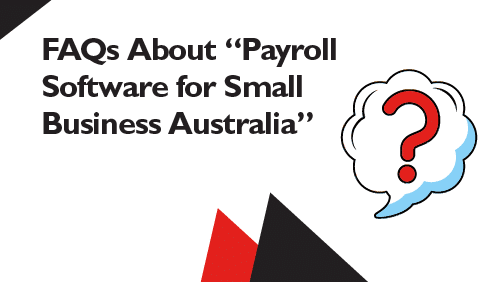
FAQs About “Payroll Software for Small Business Australia”
Can You Use Xero Just for Payroll?
Yes, you can use Xero solely for payroll.
Xero offers a payroll-only plan designed for businesses that don’t need full accounting features but still want to manage employee pay, STP reporting, leave, and superannuation in one simple platform.
What Is the Best Payroll Software for a Small Business?
The best payroll software for a small business in Australia depends on the business’s needs, including team size, industry, and budget.
Popular options include Xero, MYOB, Payroller, and Employment Hero.
Look for one that’s easy to use, STP-compliant, and fits with the business’s existing systems.
What’s the Best Way to Do Payroll for a Small Business?
The best way to do payroll is to use reliable, STP-compliant small business payroll software that automates tax, super, and leave calculations.
It should integrate with the business’s accounting system, reduce manual work, and ensure compliance with ATO and Fair Work requirements.
Can I Do My Own Payroll for a Small Business?
You can do your own payroll, but you’ll need to use STP-compliant software, stay up to date with tax and super rules, and keep accurate records.
Many small business owners manage it themselves with the help of user-friendly payroll platforms.
Alternatively, you can hire an internal payroll officer or outsource to a bookkeeper or accountant to save time and lower the risk of costly compliance errors.


